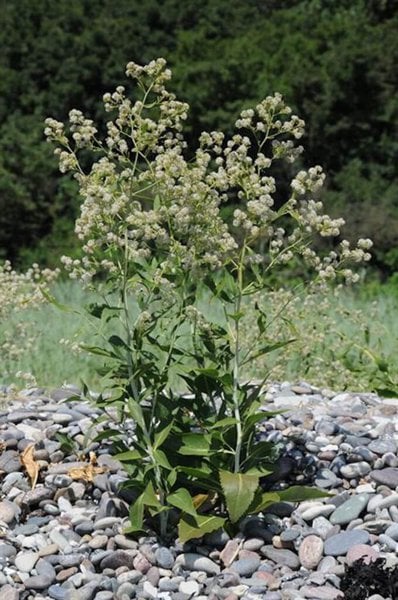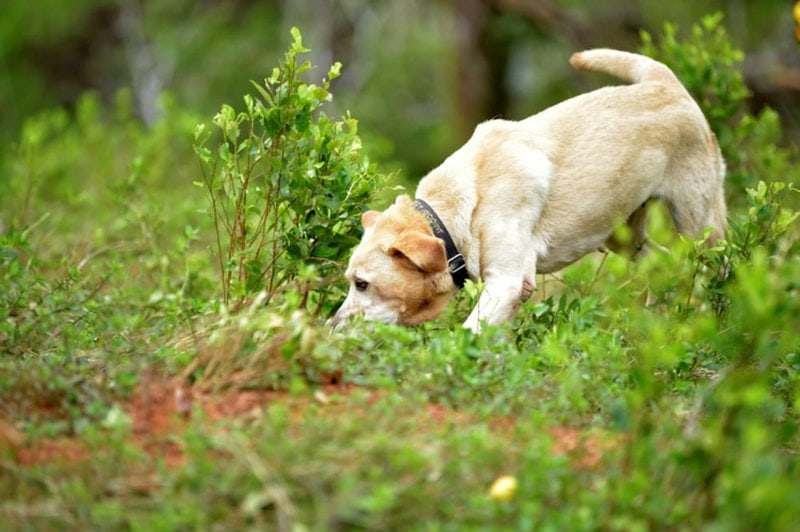For two consecutive days, Finn, the Chocolate Labrador Retriever, has been sniffing out along the Snake River in Wyoming to search for invasive plants. The plants they seek are pepperweed and salt cedar plants which are noxious and non-native to Jackson Hole’s riverbanks.
After a long search, Finn is tired and losing interest and her handler, Lauren Wendt, is aware of this. “We had a really long day yesterday and have been searching for three hours today, so her tank’s empty,” Wendt said on a Thursday in August, 2021.
Their expedition was not for nothing, when they have found 41 perennial pepperweed plants and one salt cedar plant. “We don’t enjoy finding them, but it’s nice to know that they were found, rather than missed,” remarked Lesley Beckworth, who is the landowner program coordinator for the Teton County Weed and Pest District.
Invasive Species

The weed plants are so small that they are difficult for humans to find. Such a plant species is considered invasive when it is introduced in an area not endemic to it and becomes overpopulated, thereby leading to eventual ecological and environmental damage.
The conservation group had been battling these invasive species for over two decades. Mark Daluge, Assistant Director of Weed and Pest, said, “We have decreased the (pepperweed) population significantly,” but the problem still lingers.
Daluge said that the pepperweeds were popping up in many places that it was threatening to be the dominant plant in rivers around Jackson Hole during the early phase of their program. “I’ve seen what it can do and it can really change the ecosystem,” he said.
The pepperweed plants can reach waist-high and are capable of overpowering native species, thereby severely compromising the habitat that wildlife thrives on.
Nowadays, Daluge said that they were down to a handful of plants, unlike before when pepperweed pulls were fruitful and could easily fill a number of garbage bags. “We got to the point where we couldn’t find anymore with the human eye, so we brought the dog in to locate them for us,” he said.
Seed Of Idea
Daluge got the idea to use trained dogs to locate the invasive plants after a presentation about using dogs to find zebra mussels at a North American Invasive Species Management Association conference.
Together with Montana-based nonprofit Working Dogs for Conservation, Weed and Pest started the program in 2020 to search the banks of the Snake River, bringing in volunteers who chaperone the dogs and their handlers down the river.
Three dog teams were initially used and outperformed their human counterparts in finding the elusive plants. Training dogs to smell and search for a small plant is no easy feat, and the fact that they are still finding traces of these plants proves that in terms of infestation, the area is a lot worse than they realize.
Finn, who is Laura Wendt’s personal dog, was among the many pups who passed the vetting process by the Working Dogs for Conservation. They screen about 100 dogs with only about a third of them getting used.
Next summer, they plan to use Finn and other dog teams to sweep the Jackson Hole area again. Daluge said, “We plan on having them come back every year, for a long time. If we go a number of years without looking for it, there’s the possibility that things will get out of hand again.”





